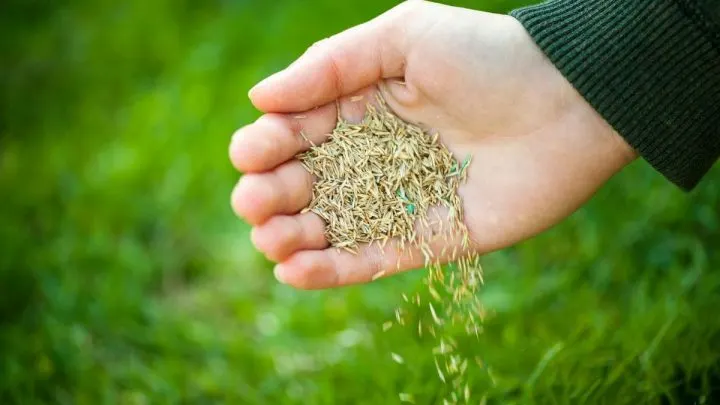Today, we’ll explore how long after planting grass seed you can walk on it. If you have a yard in front of or behind your home, you’ve likely dreamed of having a lush lawn.
A well-maintained lawn not only enhances the elegance of your home but also provides a perfect space for home picnics, sunbathing, and BBQ afternoons with friends.
Quick Answer: You should wait at least four weeks before walking on newly planted grass to avoid damaging the delicate seeds and hindering their growth.
However, establishing a new lawn requires patience – especially when it comes to walking on it. Now, let’s dive into the reasons behind this waiting period and how to properly care for your new lawn during this crucial time.
Understanding Grass Seed Sensitivity
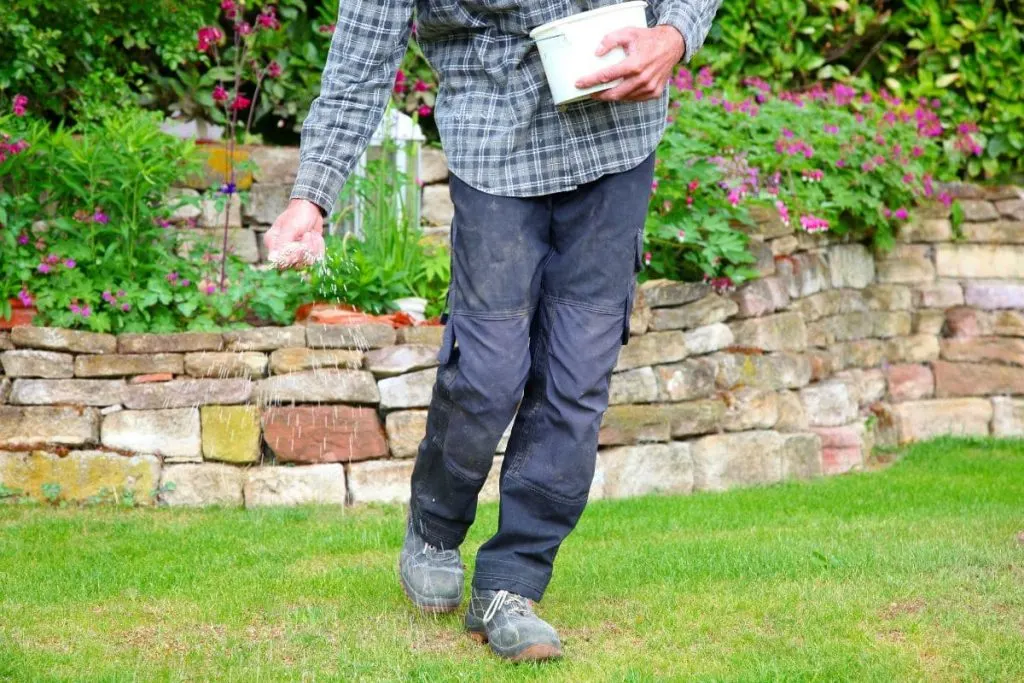
Grass seeds are very delicate during the early stages of growth. Unlike houseplants or outdoor plants, which can be handled immediately, grass needs special care. It’s crucial to avoid walking on your new lawn for at least four weeks after planting.
During this initial growth period, the seeds are extremely sensitive. The slightest pressure can disrupt their development. Imagine a 132-pound person stepping on a tiny seed—too much pressure can prevent the seeds from taking root and emerging from the soil.
When you step on newly planted grass, you compress the earth beneath your feet, which can create uneven surfaces and puddles, especially after rain. This not only damages the seeds but also hinders the overall growth of your lawn.
The Impact of Walking on Newly Seeded Lawns
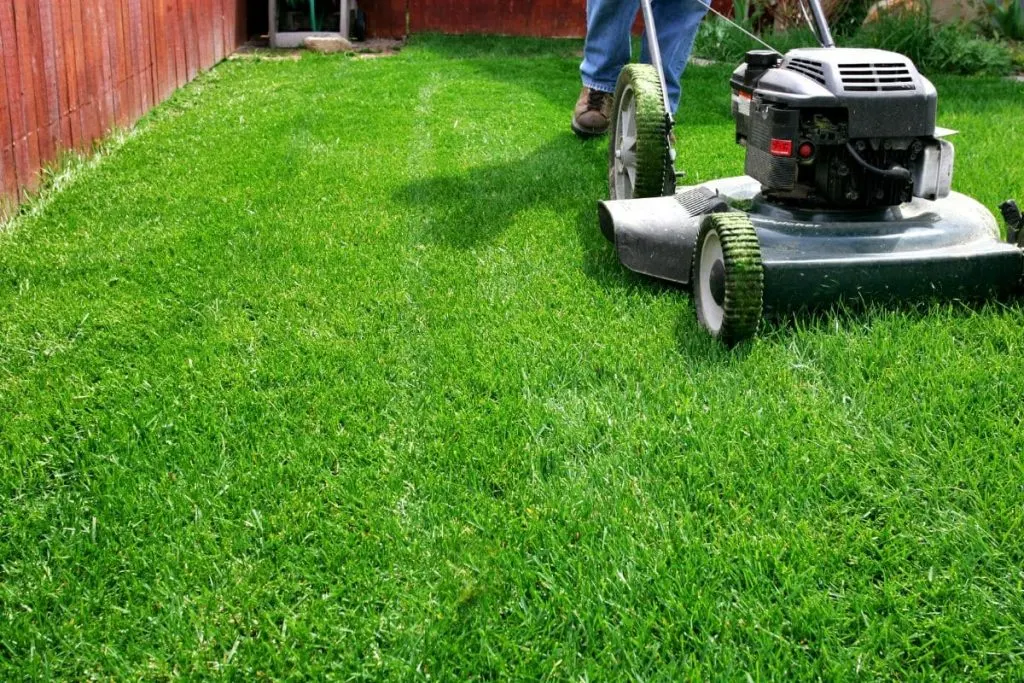
To put it simply, yes—walking on newly planted grass can kill it. At the very least, it will cause significant damage, leading to dead spots and setting back the growth of your lawn. Even purposeful walking, like when watering, can have the same negative effects.
Instead, use a sprinkler attached to a water hose to water your lawn from the side. Better yet, install a sprinkler system that waters your lawn evenly without you having to step on it at all.
Protecting Your New Lawn from Pets
Keeping pets off your newly planted lawn is equally important. Although pets may be lighter than humans, their fast movements and frequent activity can cause similar damage to your grass. For the first five to six weeks, it’s best to keep your pets away from the lawn.
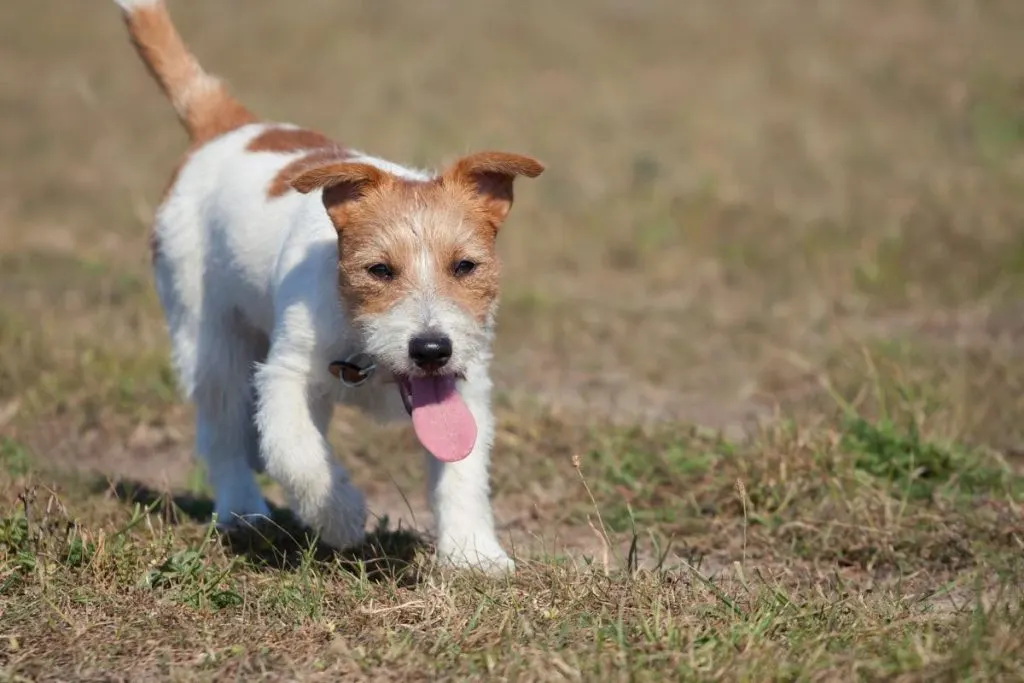
After that, limit their activity for another three weeks to ensure the lawn has fully established. Installing a mini fence around the lawn can be an effective way to keep pets and curious toddlers off the grass.
Plant Grass Seed Like This: New Grass Lawn Care
Now that we’ve covered the basics of caring for a new lawn, let’s discuss how to properly plant grass seed.
Grass is a hardy plant that often grows in unexpected places, but when it comes to cultivating a lawn, you need to be intentional about the process. Here are some tips to help you achieve a beautiful lawn in just four to five weeks.
Light for Young Grass
There are nearly 11,000 species of grass, each with its own light requirements. However, most grasses thrive in bright, direct sunlight. Optimal temperatures for grass growth range from 35 to 45°F. In warmer temperatures, regular watering is crucial to prevent the grass from drying out.
Soil Preparation
Proper soil preparation is key to successful grass growth. Loosen the soil to a depth of at least three inches using a garden fork or tiller. This allows the seeds to take root more easily and promotes better water absorption. Grass prefers moist, well-drained soils.
Avoid clay or chert soils that retain too much moisture, as this can lead to root rot. If your soil is acidic, consider adding lime to balance the pH and provide the necessary nutrients.
Watering Schedule for Newly Sprouted Grass
During the first month, watering is critical. Water the lawn lightly but frequently, ideally three times a day for the first ten days. As the grass establishes, reduce the frequency to every three days, especially during dry periods.
Watering should be done in the morning or evening to avoid evaporation during the hottest part of the day. Sprinkler systems are an efficient way to ensure even watering without overwatering or drying out the soil.
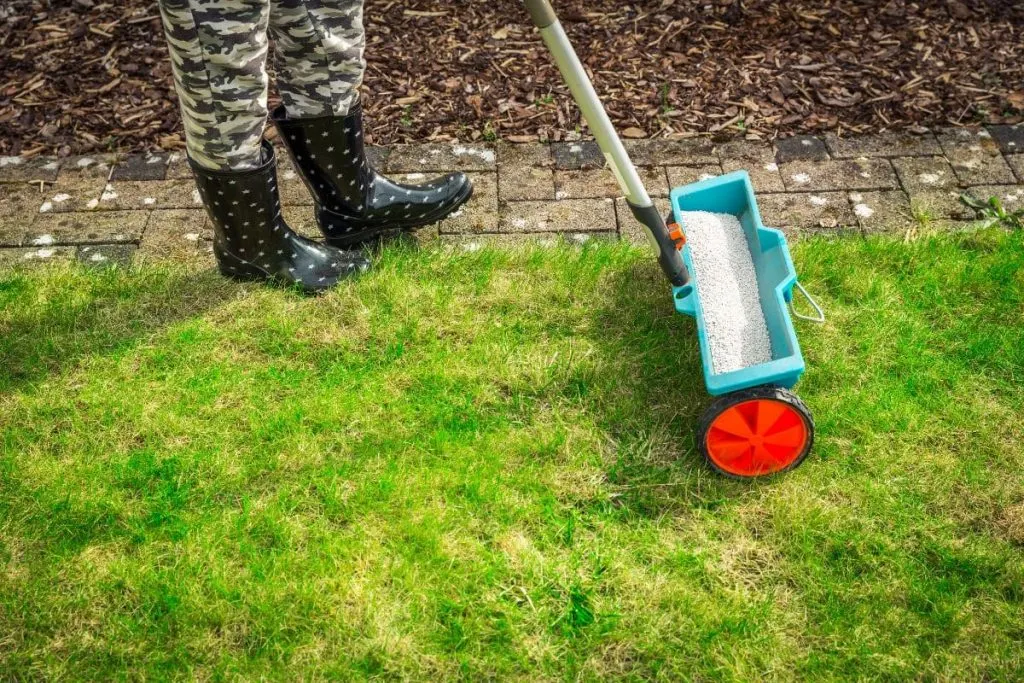
Fertilizer for Freshly Seeded Lawns
Proper fertilization is essential for a healthy lawn. Conduct a soil test to determine nutrient levels and choose the right fertilizer. Grass responds best to nitrogen-rich fertilizers, which should be applied before sowing and again in early spring when the soil is moist.
Avoid fertilizing during hot weather to prevent burning the grass. Potassium is also important, as it helps the grass withstand drought conditions.
FAQs – How Long After Planting Grass Seed Can You Walk On It?
Let’s address some common questions about newly planted lawns to wrap up our discussion.
When Can I Mow Young Grass?
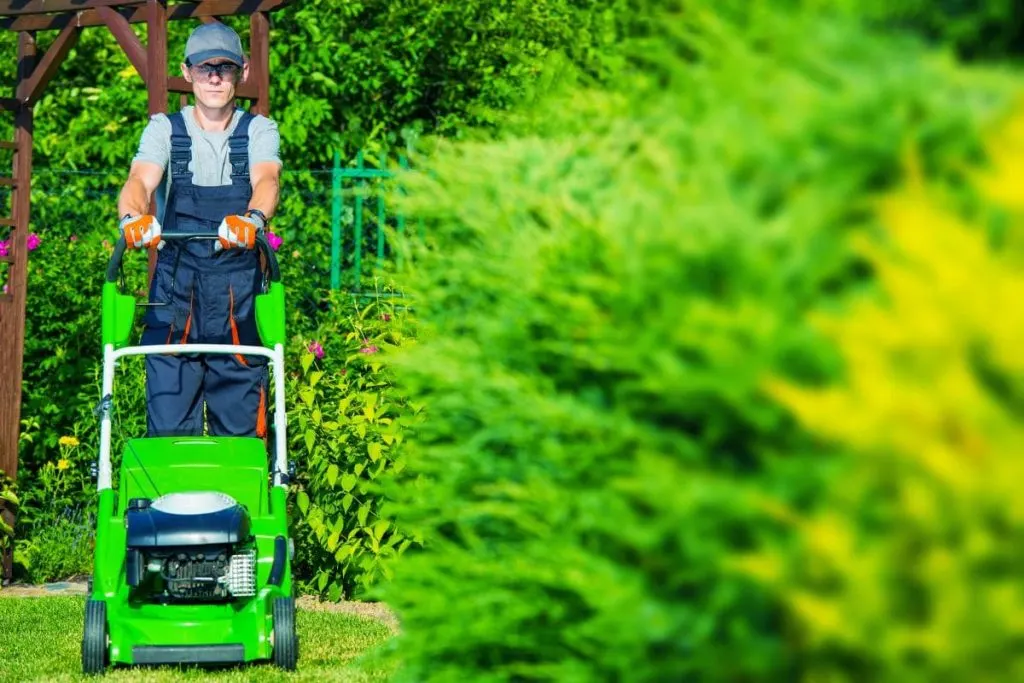
Wait at least two months before mowing your newly planted lawn. Mow the grass when it reaches a height of more than four inches, using a rotary mower set to a height of three to five inches. This first mowing is crucial for the quality of future mowing sessions. Be sure to mow about 40 days after fertilizing to avoid harmful nitrates that can affect animals.
What Can Crush Young Grass Besides Footsteps?
Anything that comes into direct contact with your planted seeds can harm them. This includes wildlife, lawnmowers, and even heavy watering equipment. Protect your lawn from these dangers during the first four weeks of growth.
How Can I Prevent Damage to Young Grass?
To protect your new lawn, avoid walking on it, keep pets and wildlife away, and follow a consistent watering and fertilization schedule. Installing a small fence can help keep unwanted visitors off your lawn until it is fully established.
How Long Does It Take for Grass to Establish Strong Roots?
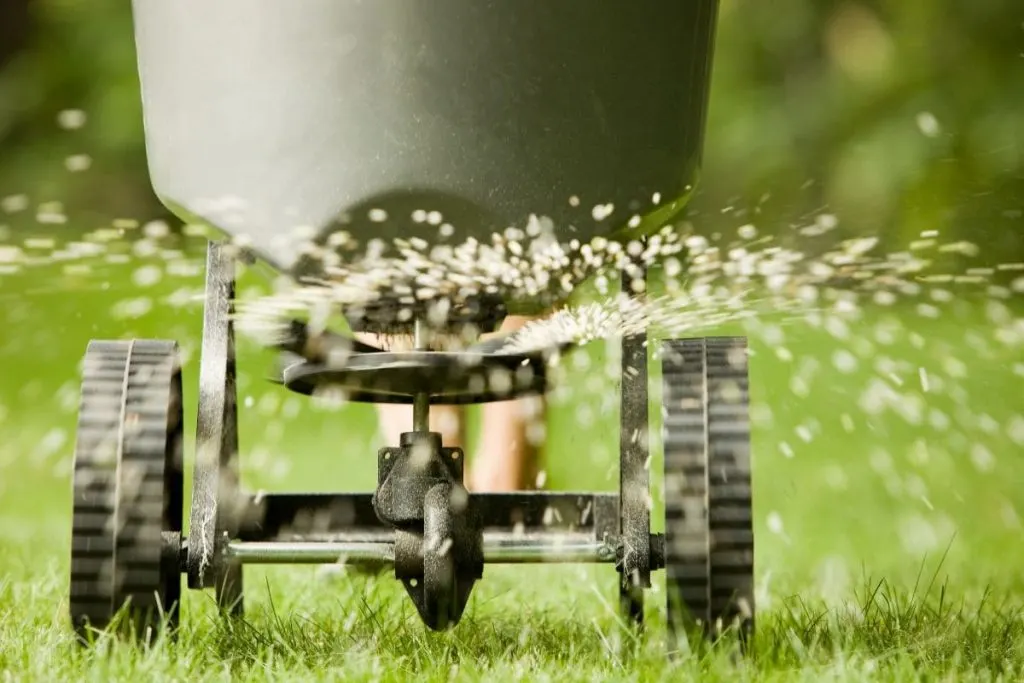
Strong roots typically develop within six to eight weeks, depending on your care and soil conditions. While you can walk on the grass after four weeks, continue to be cautious until the roots are fully established.
How Can I Reduce Foot Traffic on Growing Grass?
It’s important to minimize foot traffic on your new lawn. While adults can resist the temptation, pets and toddlers may be more difficult to manage. A temporary fence around the lawn can be a practical solution to keep your grass safe during its early growth stages.
Oh No – RIP Grass Seedlings
Overwatering is a common mistake that can kill newly planted grass before it even has a chance to sprout. Too much water leads to root rot, which is particularly harmful in the early stages of growth. Stick to the recommended watering schedule to avoid this issue.
Wrapping It Up – How Long After Planting Grass Seed Can You Walk On It
In conclusion, patience and care are essential to cultivating a beautiful lawn. By waiting just a few weeks, you’ll ensure strong, resilient grass that can withstand foot traffic and provide a perfect backdrop for outdoor activities.
After only four weeks, you’ll be able to walk on your newly planted grass, and soon after, you’ll enjoy all the benefits of a well-established lawn—from setting up a pool to enjoying a quiet afternoon with a book. Now that you know how to plant and care for grass properly, you’re ready to start your lawn project with confidence.
I hope you enjoyed it and found the article useful. See you soon!


